Wilderness Areas
Fossil Creek Sycamore Canyon Cedar Bench Munds Mountain Pine Mountain Red Rock Secret Mountain West Clear Creek Wet Beaver Creek Woodchute
With nine nearby Wilderness Areas to explore, the Verde Valley region offers a variety of outdoor recreation opportunities. Walk along the lush banks of Fossil Creek, or load up a pack and head out into the rocky chasm of Sycamore Canyon. Whichever Wilderness Area you choose, beautiful scenery awaits!
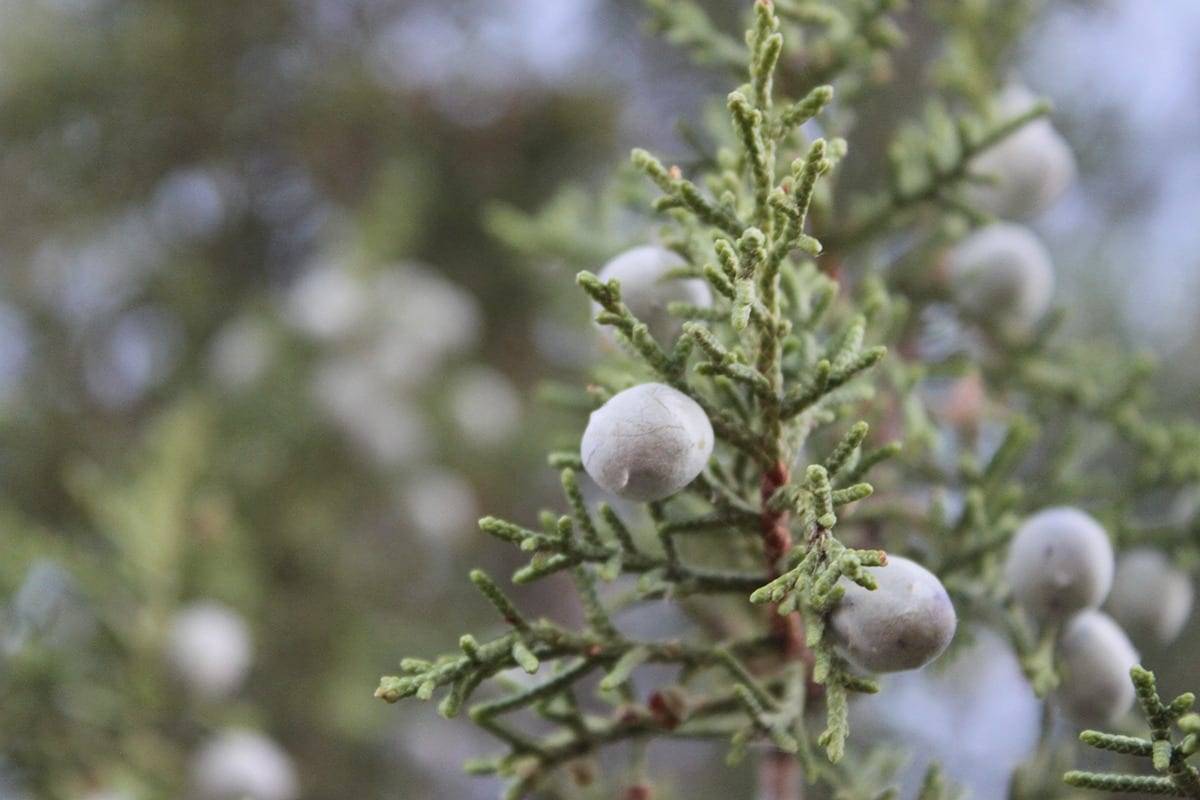
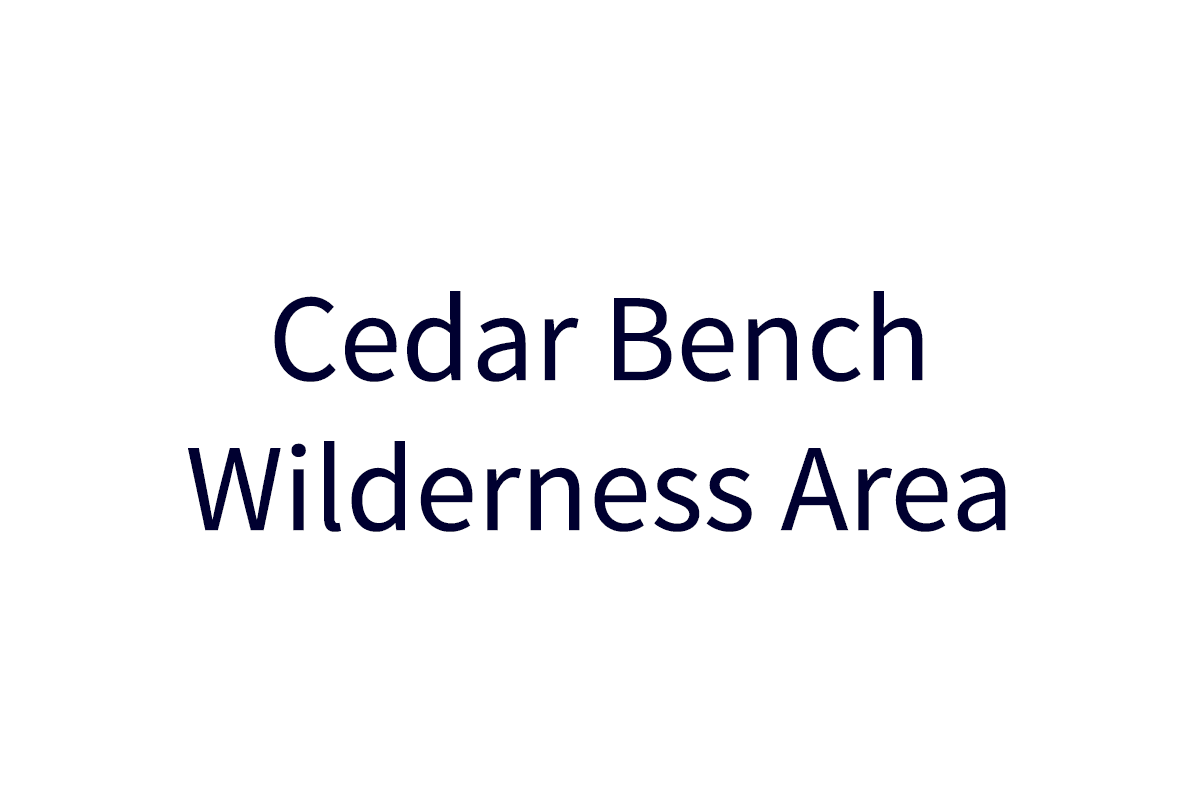
Cedar Bench Wilderness Area
The Cedar Bench Wilderness extends from the Verde River west to the summit of the Verde Rim, the dividing line between the Verde River and Agua Fria River watersheds. As wilderness areas go, it is perhaps the least visited in the state. There are at least nine trails that cross or skirt the wilderness area—some well-maintained—some a challenge to follow. But all offer a spectacular view of the lower Verde River Valley. And with the exception of the Chalk Creek Trail, all are listed as “difficult.”
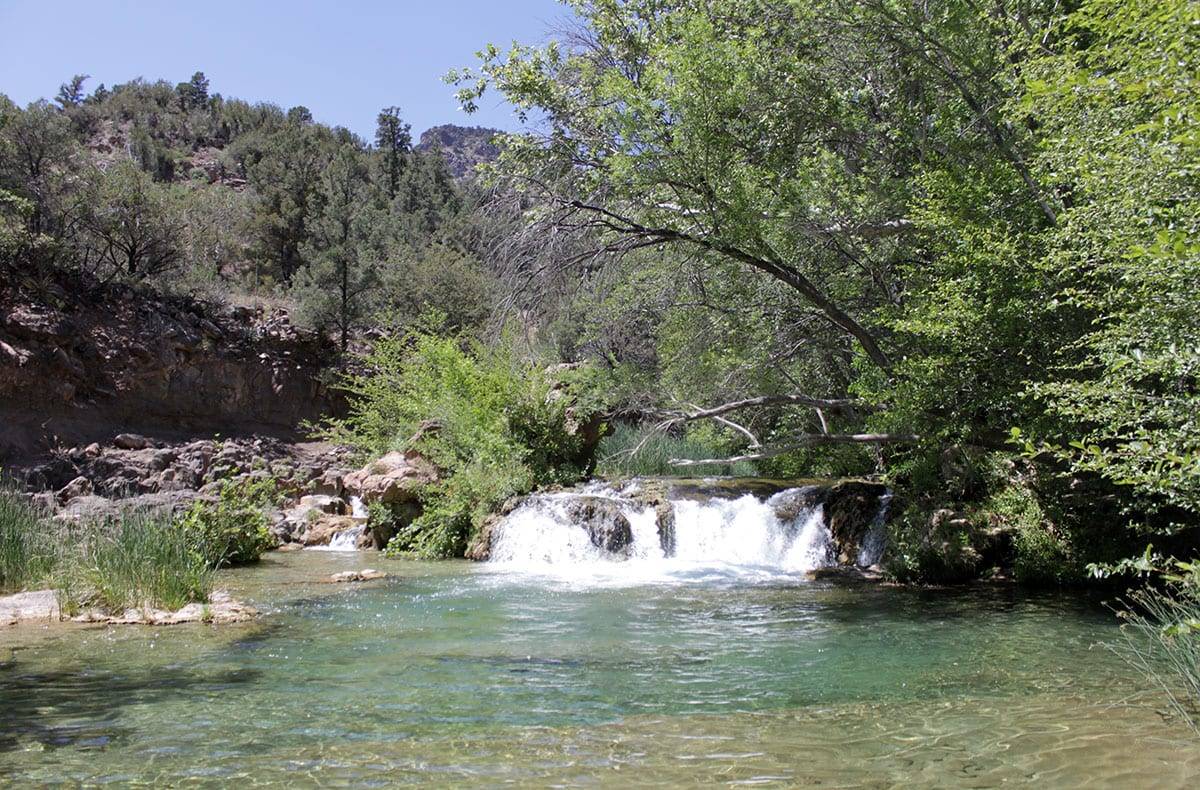
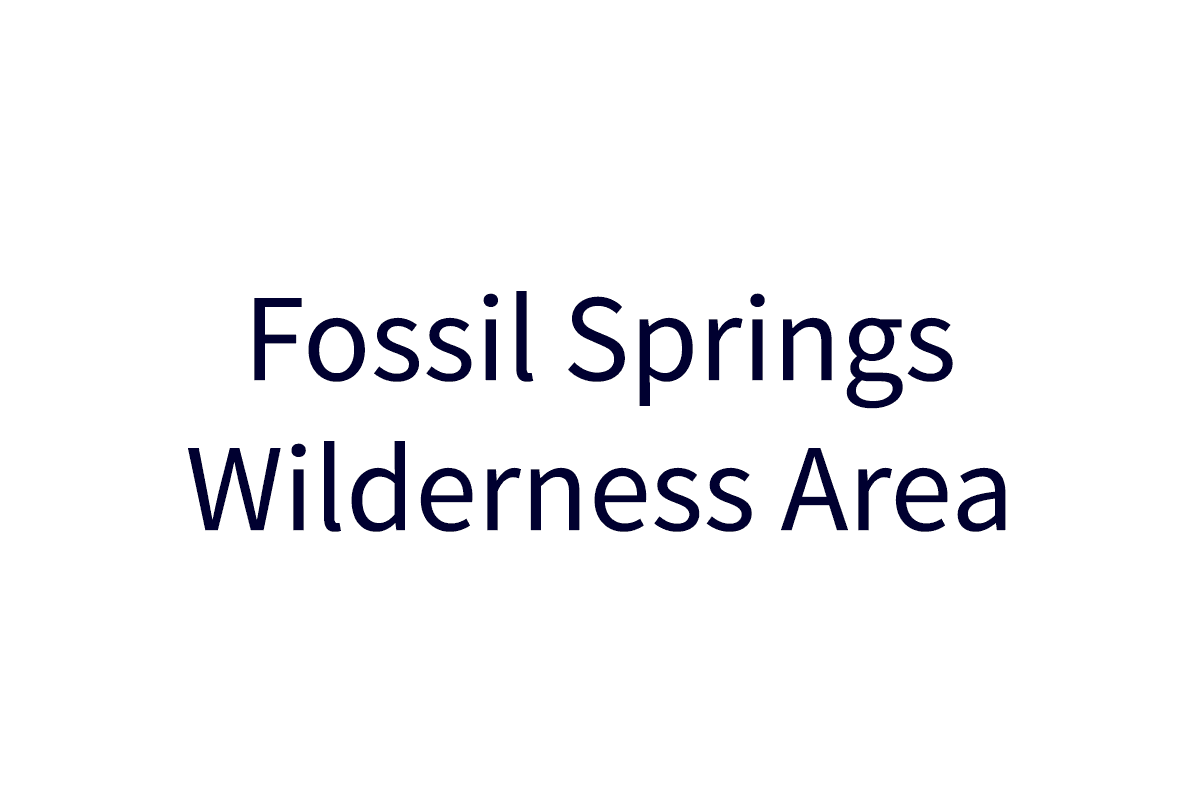
Fossil Creek & Fossil Springs Wilderness Area
The millions of gallons of 72ºF water that gush from the springs every hour have created a lush environment which supports over 30 types of trees and bushes and over 100 species of birds. The Canyon walls near the springs contain small fossils from an ancient sea that washed over the area 350 million years ago. The wood flume, built in 1916, used to supply water from the springs to the Irving and Childs Power Plants which relied on its water to turn their power generating turbines. Any further intrusions are now prohibited since the area became the 12,000-acre Fossil Springs Wilderness in 1984.
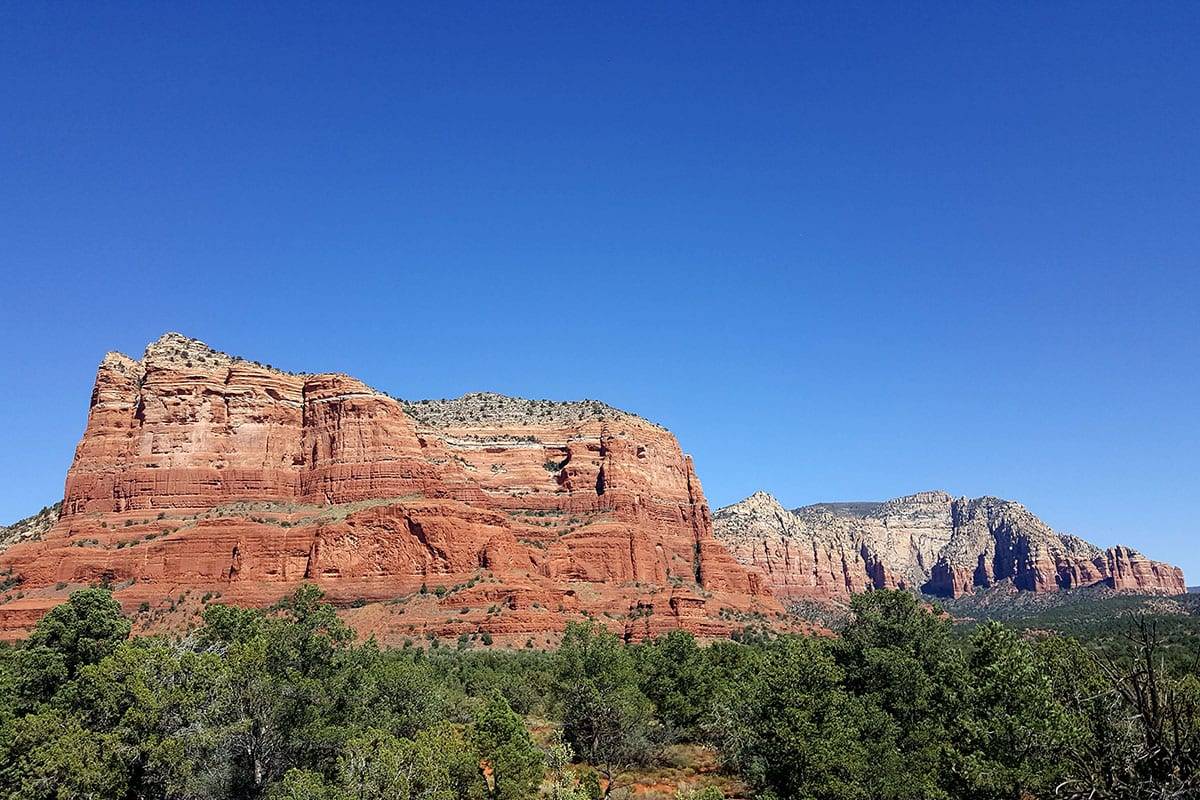
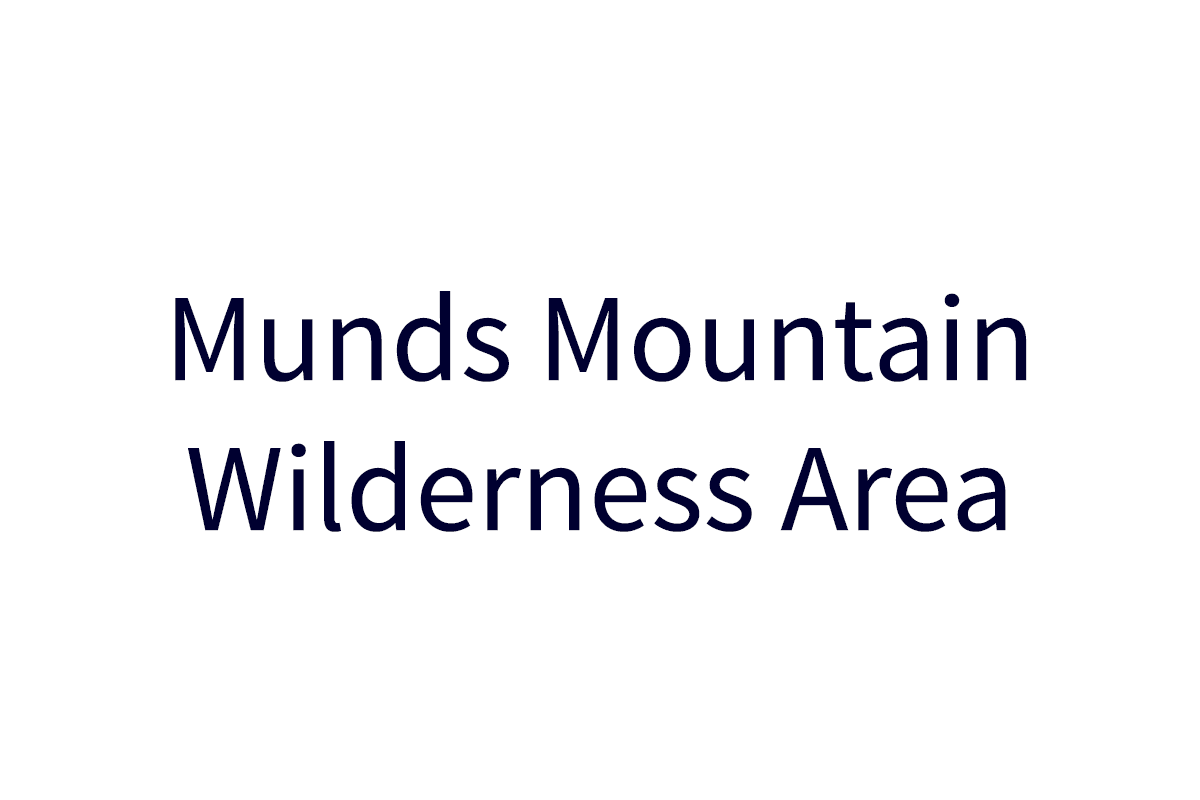
Munds Mountain Wilderness Area
The smallest of the three wilderness area that span Sedona’s skyline, Munds Mountain was among four other wilderness areas created in 1984, setting aside nearly 150,000 acres. But its size would belie the number of visitors that tread its trails every year. Because it also comprises Bell Rock and Cathedral Rock, and because it comes within feet of a state highway, Munds Mountain wilderness sees literally hundreds of thousands of visitors a year. Named for a pioneer rancher who homesteaded the area in the 1880’s, Munds Mountain also offers a seldom visited back country of slick rock, sandstone spires and, of course, unique
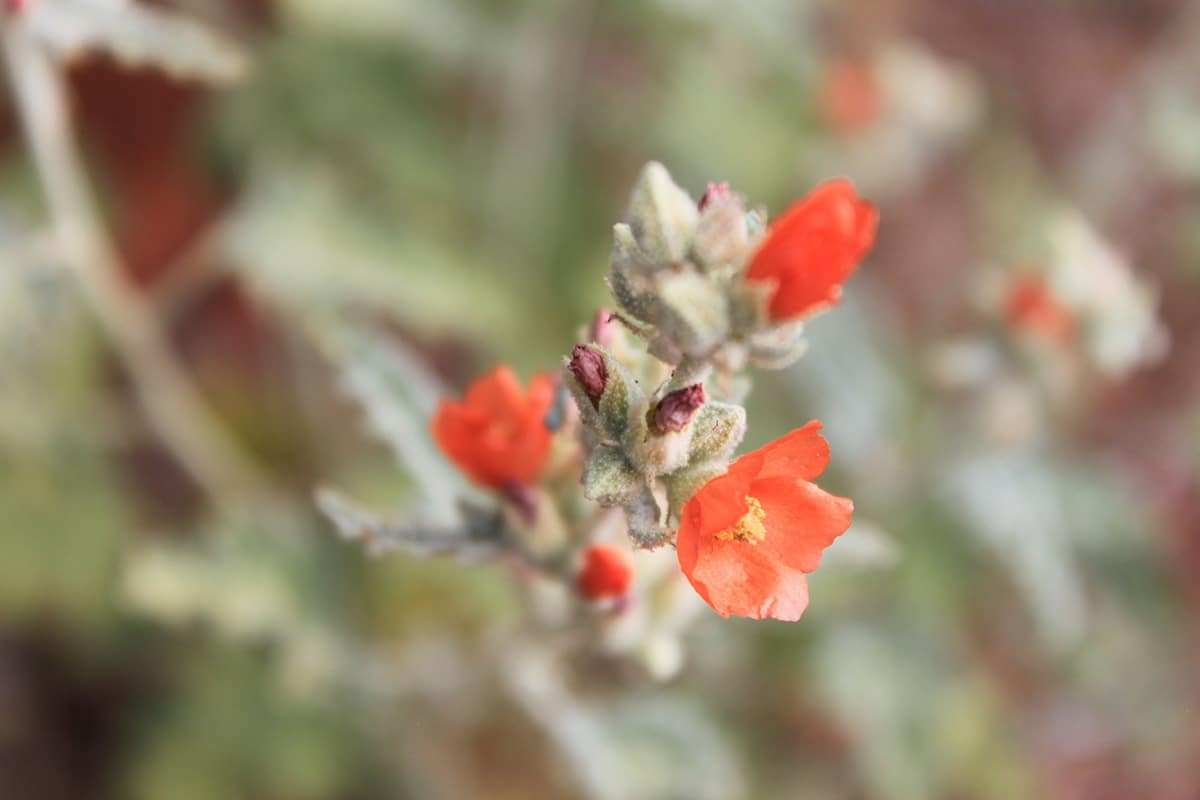
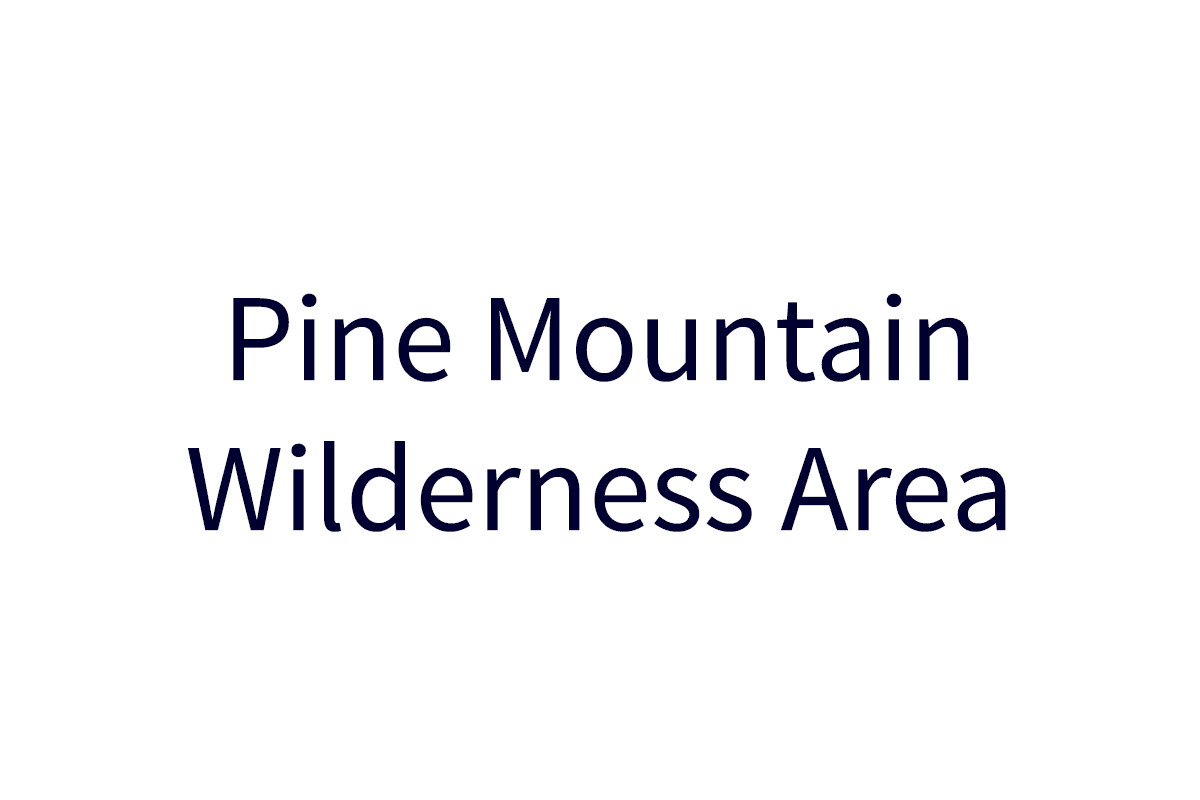
Pine Mountain Wilderness Area
Like many other wilderness areas in Arizona, Pine Mountain was created by an act of Congress in 1972. A “sky island” encased in a dense pine forest, Pine Mountain offers one of the state’s most spectacular views. From its 6,814-foot summit, located very near the geographic center of Arizona, visitors can see the San Francisco Peaks to the north, the Superstition Mountains to the South, the Mazatzal Mountains to the east and the Bradshaws to the West.
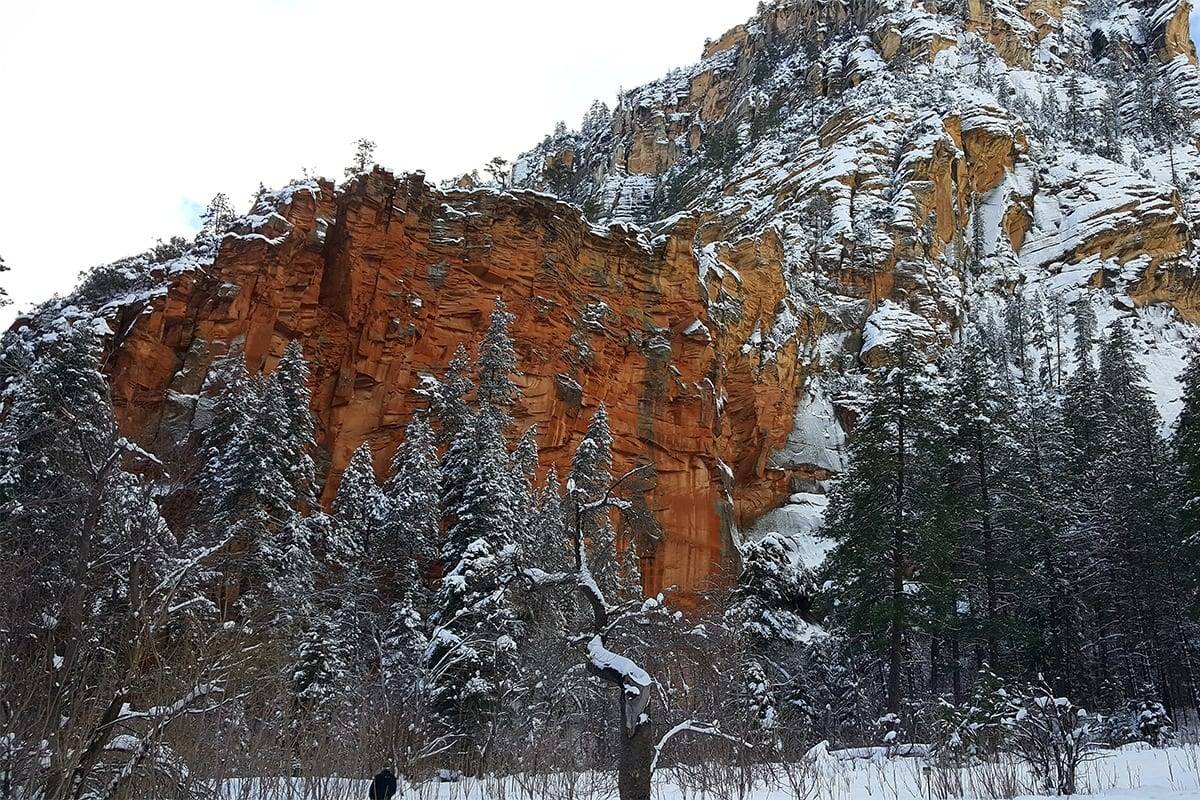
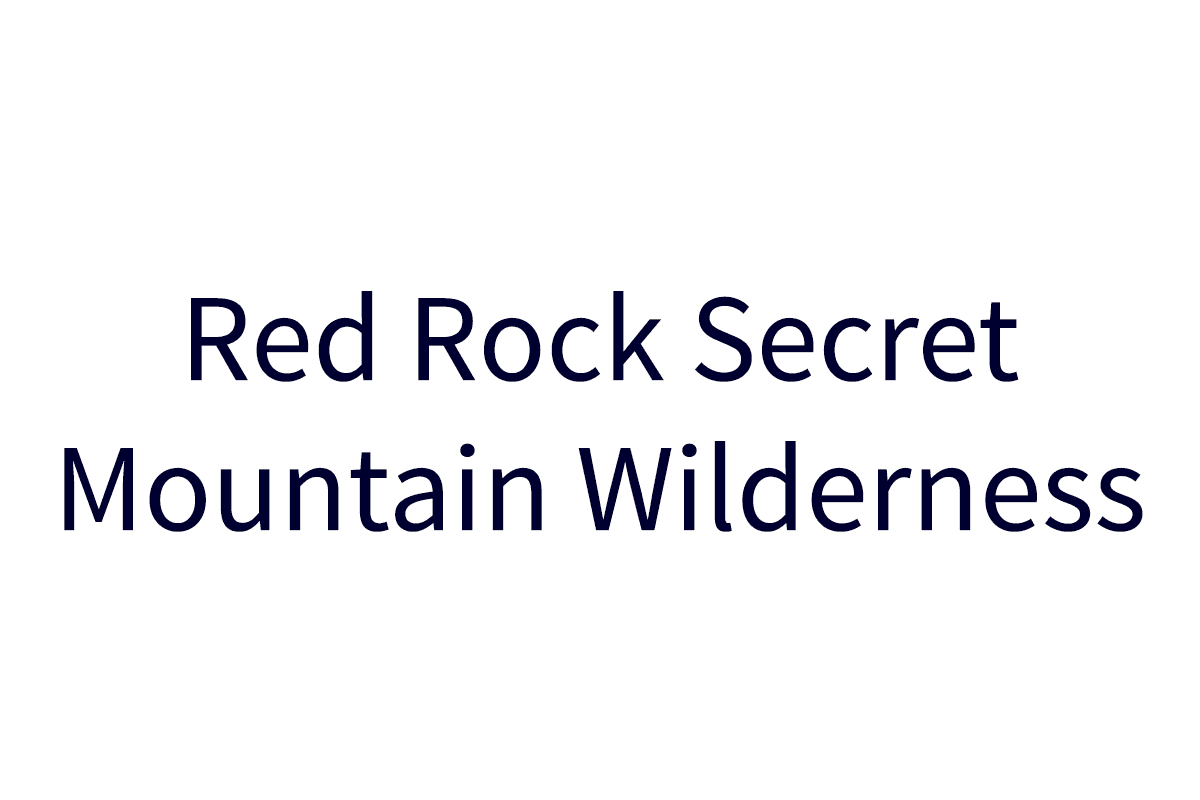
Red Rock Secret Mountain Wilderness Area
For those headed north from Camp Verde towards Sedona’s spectacular red rocks, Red Rock Secret Mountain offers the best red rock experience around. Composing much of the rugged landscape to the north of Sedona, the wilderness area offers great views, secret hideaways and a handful of sandstone arches. Together with the neighboring Sycamore Canyon Wilderness it offers nearly 100,000 acres of isolation.

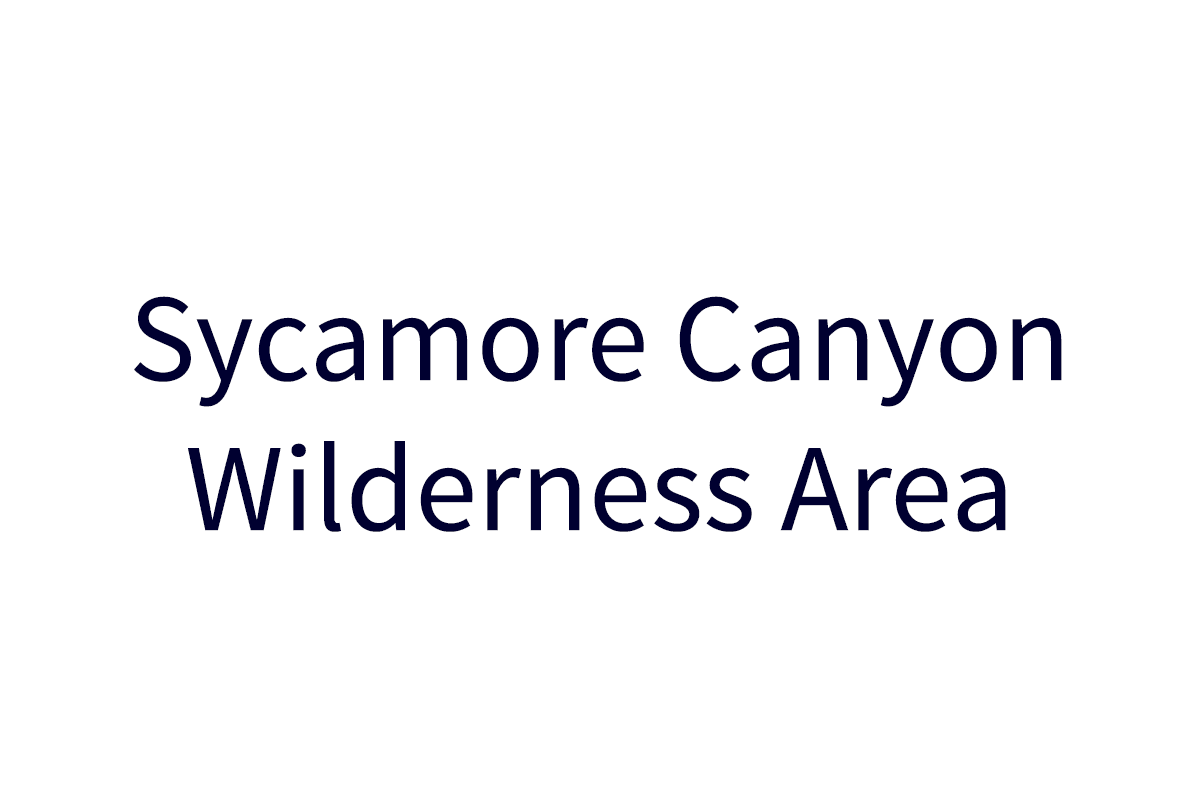
Sycamore Canyon Wilderness Area
The Verde Valley’s version of the Grand Canyon, Sycamore Canyon is the state’s oldest protected and primitive landscape. Cutting through many of the same formations seen in the Grand Canyon, Sycamore Canyon exposes over 400 million years of geologic history. Woven among the rock layers are tales of Spanish gold, a legacy of Arizona’s earliest cattlemen and the story of a grizzly bear hunter named Jack Hooker who once used one of the canyons remote cabins to convalesce after being mauled. There aren’t any grizzly bears in Sycamore Canyon today, but there are plenty of other sights to see.
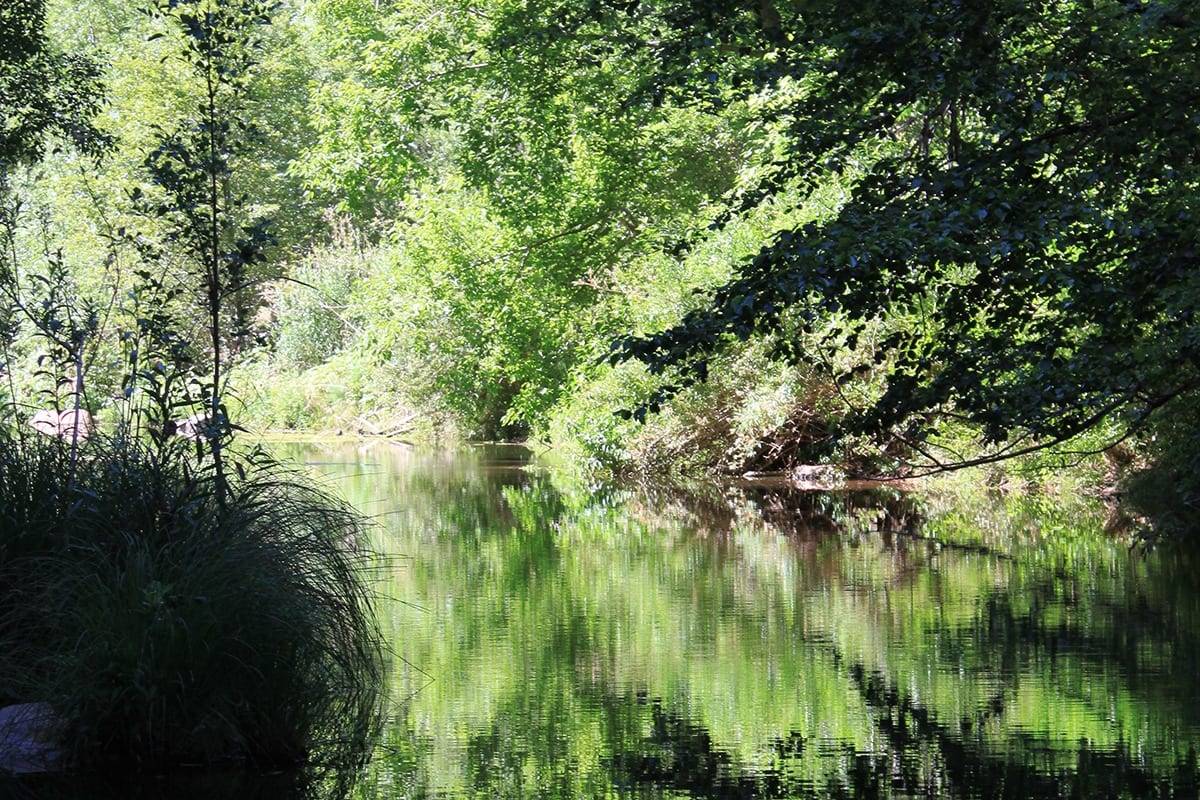
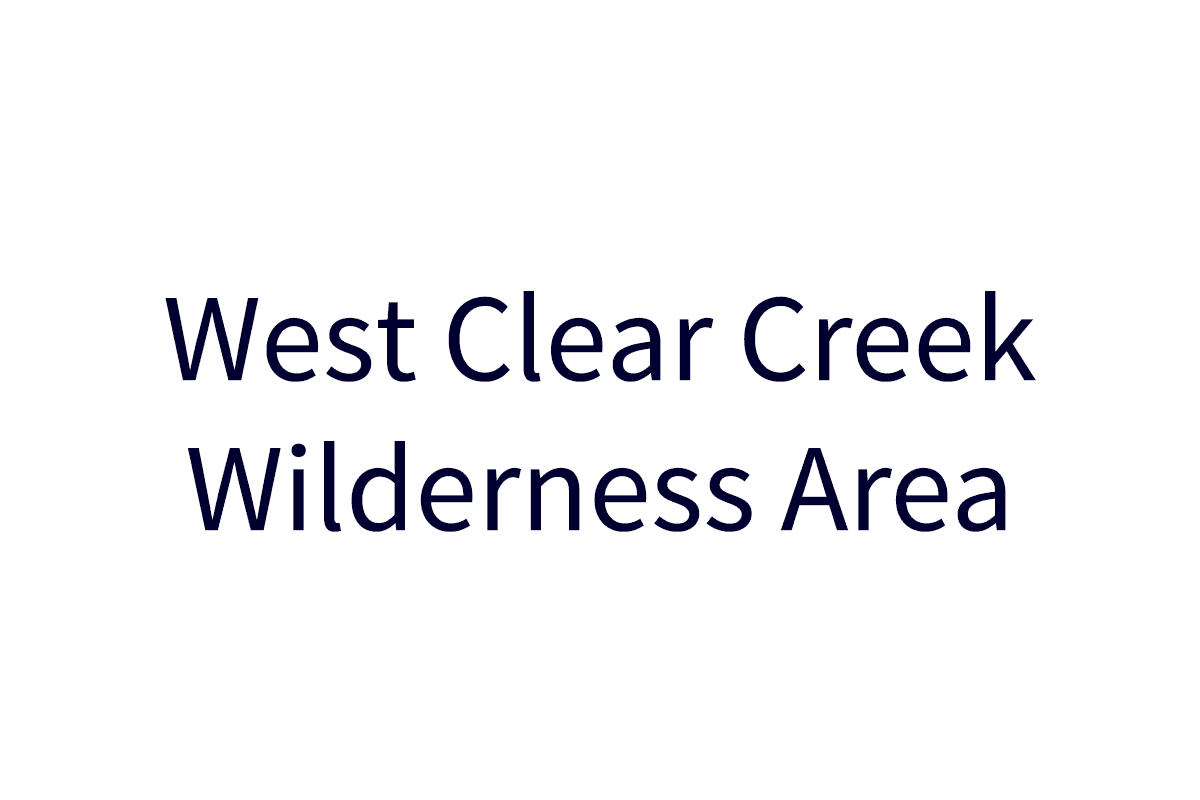
West Clear Creek Wilderness Area
West Clear Creek has carved a narrow canyon up to 2,000 feet deep extending 30 miles from its headwaters on the Coconino Plateau to its confluence with the Verde River. For those who wish to leave the world behind, West Clear Creek Wilderness the place to go. But unless you are an experienced climber, swimmer and hiker, plan to limit your visit to the wide and wet lower four miles or the very upper reaches. In between is a world class canyoneering playground of deep pools, waterfalls and rugged cliffs
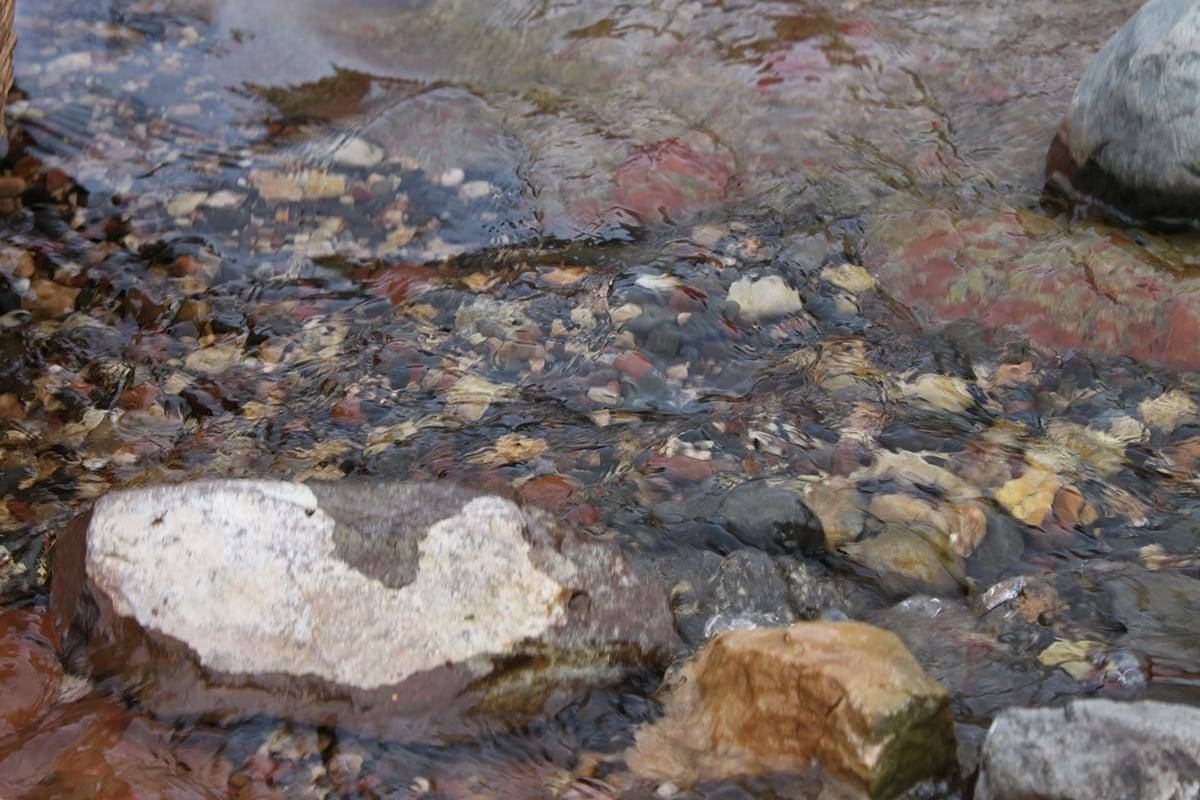
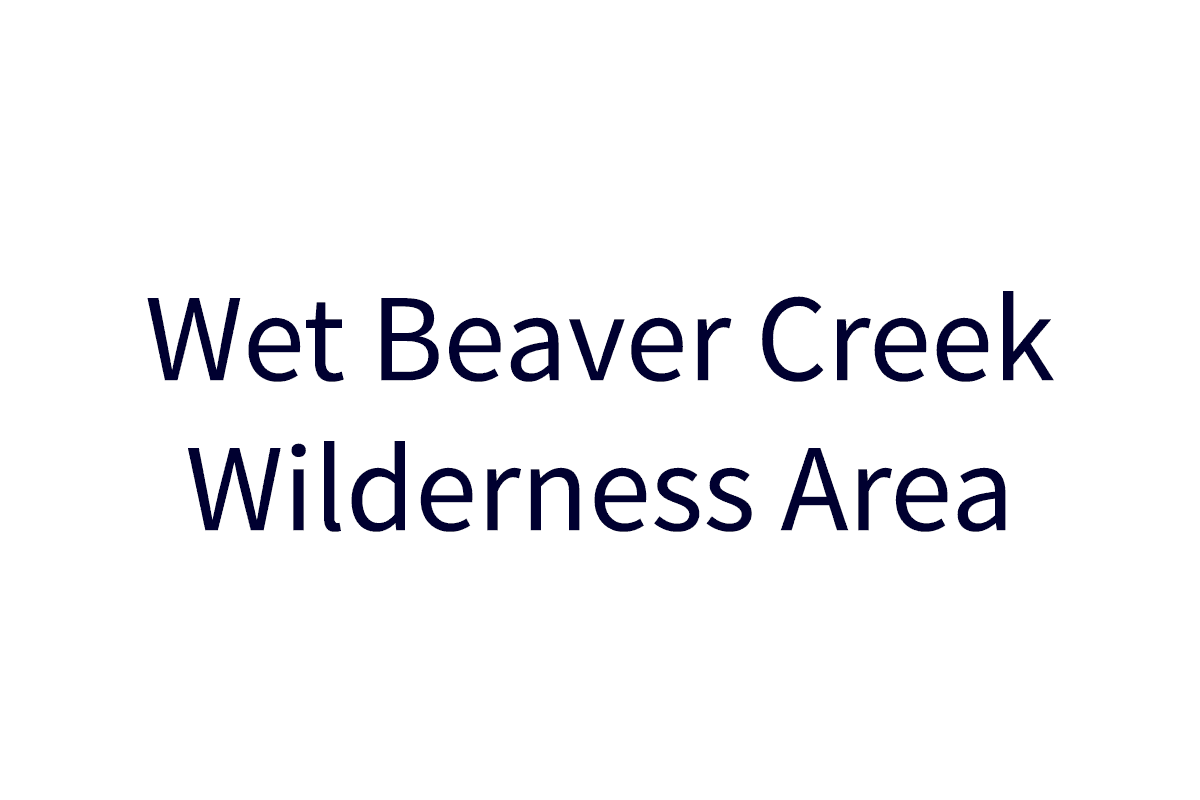
Wet Beaver Creek Wilderness Area
Much like West Clear Creek, Wet Beaver Creek begins its journey on the Colorado Plateau then winds and carves its way to Verde River. Along the way are seven cliffs to descend and 23 pools. It is in every sense a spectacular yet forbidding place. The only trails, the Bell and Apache Maid, enter at the lower end and eventually leave the remote canyon. The upper end remains much as it was when the first Spanish expedition descended its northern flank in 1583. Whatever your taste in backcountry adventure may be, its riparian paradise is sure to please.
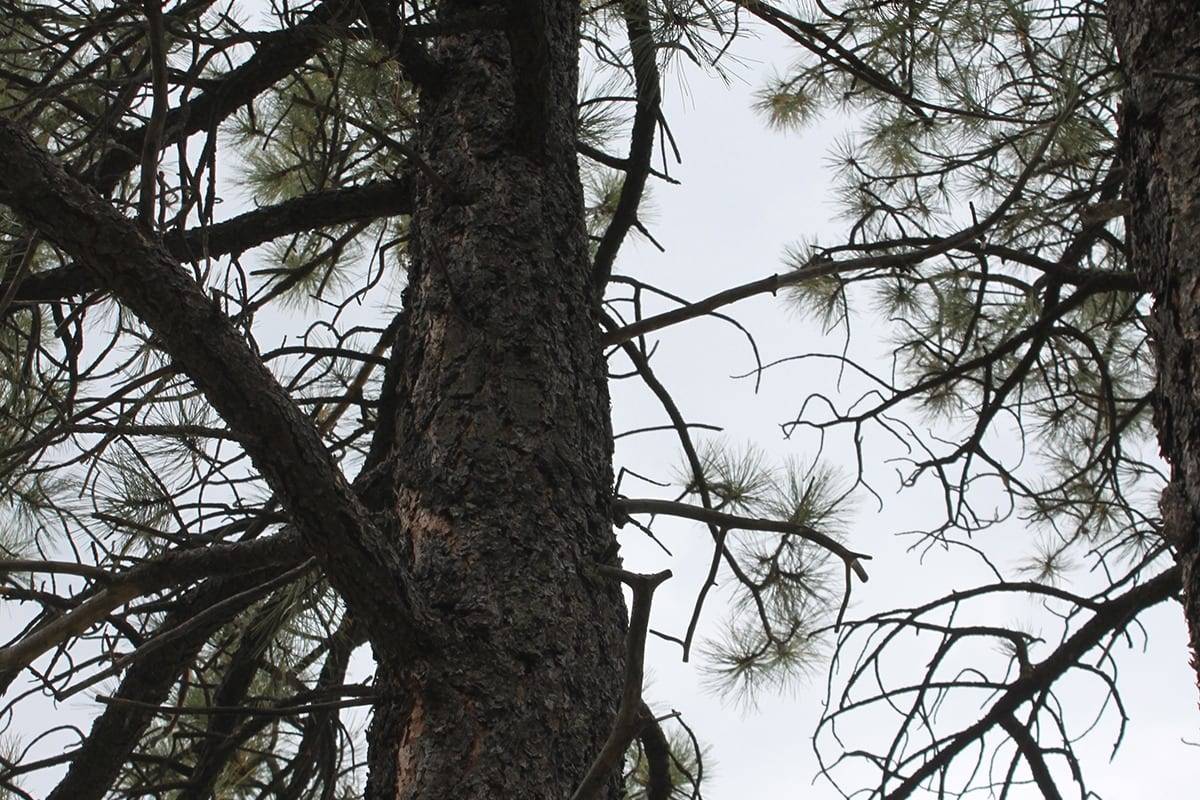
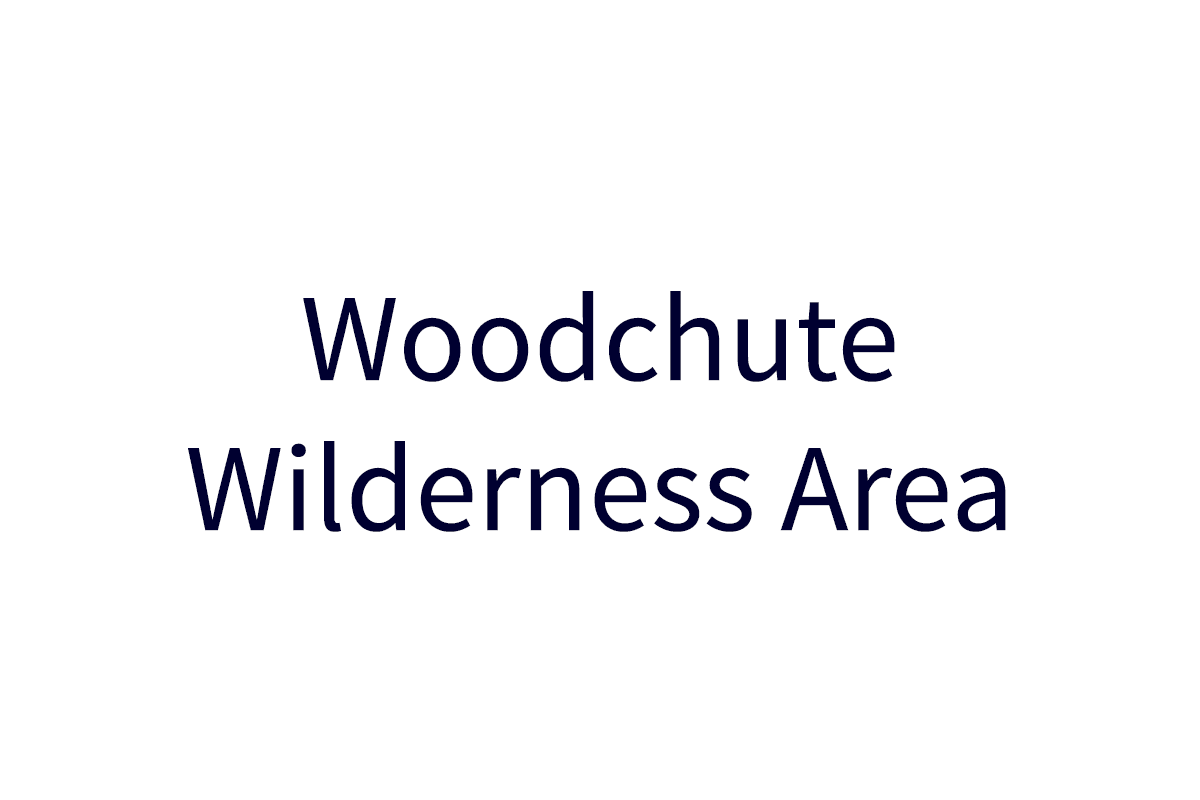
Woodchute Wilderness Area
Woodchute Mountain is the highest point in the Black Hills, the long ridge of mountains that forms the Verde Valley’s southern and western border. A century ago the original old growth forest that covered the mountain was clear cut to provide timber for the mines in Jerome. Today it is covered in a second growth pine forest that makes for a shady and cool place to hike when the valley floor begins to warm. It also offers one of the best views around of the Verde Valley, extending from Perkinsville in the Verde Canyon to Camp Verde at its lower end.
